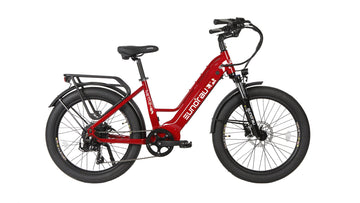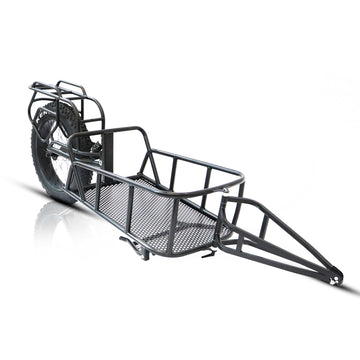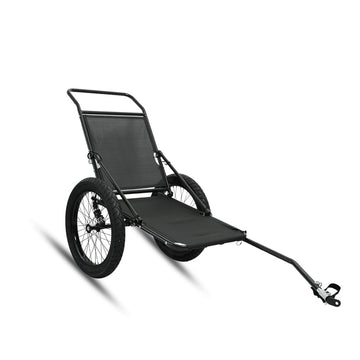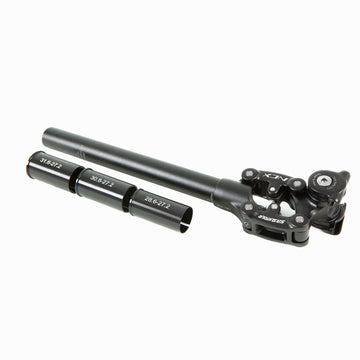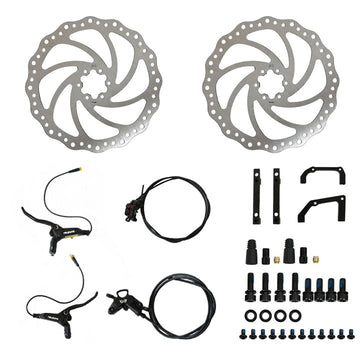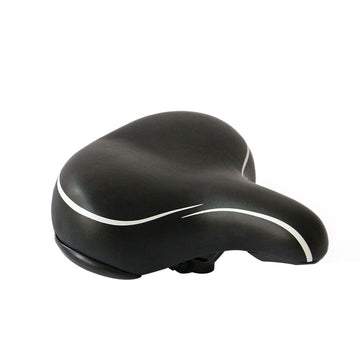
E-bike sensors are like the brains of your electric bike. They decide how much help the motor gives you when you pedal. There are two main types of sensors: torque sensors and cadence sensors. Knowing how they work can help you pick the best e-bike.
What Are Torque and Cadence Sensors?
Torque Sensors
Torque sensors measure how hard you are pedaling. The harder you pedal, the more help the motor gives you. This makes the ride feel smooth and natural, like a regular bike. Torque sensors are great for riding on hills and rough terrain because they adjust the power based on your effort, giving you more control and a more responsive ride.
Cadence Sensors
Cadence sensors measure how fast you are pedaling. They give you the same amount of help no matter how hard you pedal, as long as you keep moving. These sensors are simpler and cheaper, making them a good choice if you’re riding on flat roads and want steady assistance. They provide consistent power, which makes your ride predictable and easy to manage.
Comparing the Two Sensors
Ride Feel
- Torque Sensors: Make the ride feel more natural and smooth. The motor gives you more help when you pedal harder, which feels similar to riding a regular bike. This is especially good for riding up hills or on uneven terrain because the motor responds to how much effort you are putting in.
- Cadence Sensors: Give steady help. As long as you keep pedaling, the motor keeps helping at the same level. This can feel less natural because the motor doesn’t change its assistance based on how hard you are pedaling. It’s like having a constant push that doesn’t adapt to your effort.
Cost and Maintenance
- Torque Sensors: Usually cost more because they use advanced technology to measure your pedaling force. They might also need more complicated maintenance and repairs, which can add to the cost over time.
- Cadence Sensors: Are cheaper and easier to take care of because they use simpler technology. They have fewer parts that can go wrong, so maintenance is usually easier and less expensive.
Battery Life
- Torque Sensors: Use battery power more efficiently because they adjust the motor’s help based on how hard you are pedaling. When you pedal harder, the motor gives more help, but when you pedal lightly, it gives less. This smart use of power can make the battery last longer.
- Cadence Sensors: Use more battery power because they provide constant help regardless of how hard you pedal. This steady use of power can drain the battery faster, meaning you might need to recharge more often.
Pros and Cons
Torque Sensors
Pros:
- Natural Ride: Feels like riding a regular bike. The motor’s assistance changes based on how hard you pedal, which makes the ride feel more natural.
- Saves Battery: Uses battery power more wisely by adjusting the help based on your effort. This can make your battery last longer between charges.
- Better Control: Gives you more control over the bike, especially on hills and rough paths. You get more power when you need it and less when you don’t.
- More Exercise: Encourages you to pedal more, which can give you a better workout.
- Smooth Help: The transition in motor assistance is smooth, reducing jerky starts and stops.
Cons:
- More Expensive: Costs more because of the advanced technology used to measure your pedaling force.
- Complex Fixes: Can be harder and more costly to fix if something goes wrong.
- More Effort: Might require more effort to get the motor assistance, which could be too much if you want a very easy ride.
Cadence Sensors
Pros:
- Easy to Use: Simple and straightforward. The motor helps as long as you pedal, making it easy for beginners.
- Steady Help: Provides constant help, making the ride predictable and easy to manage.
- Cheaper: Generally costs less because the technology is simpler.
- Less Maintenance: Simpler parts mean fewer things can go wrong, making maintenance easier and less expensive.
- Easy Riding: Great for relaxed rides where you don’t want to put in much effort. The motor provides steady help, so you don’t have to pedal hard.
Cons:
- Uses More Battery: Drains the battery faster because the motor provides constant help.
- Less Natural: Doesn’t feel as much like a regular bike because the motor assistance doesn’t change with your pedaling effort.
- Less Control: Not as good for varied paths because the motor doesn’t adapt to different terrains.
- Lag in Help: The motor can be slow to start helping, which might be noticeable when you first start pedaling.
- Less Exercise: Constant help means you don’t get as much of a workout because the motor does more of the work.
How Sensors Affect Battery Life
The type of sensor you choose affects how long your e-bike’s battery lasts. Torque sensors adjust help based on how hard you pedal, which saves battery life by using power more efficiently. Cadence sensors give constant help, which uses up the battery faster because the motor is always providing the same amount of power.
Choosing the Right Sensor
Pick the right sensor based on how you like to ride, where you ride, and your budget:
- Casual Riders and Commuters: If you ride on flat roads and want something simple and affordable, a cadence sensor is a good choice. It provides steady help and is easy to use and maintain.
- Adventurers and Enthusiasts: If you enjoy a more dynamic and responsive ride and often ride on varied paths, a torque sensor is worth the investment. It offers a more natural ride feel, better control, and more efficient battery use.
Try out both types of sensors if you can. Find what feels best and fits your riding style. The right sensor can make your e-bike experience more enjoyable and comfortable.
